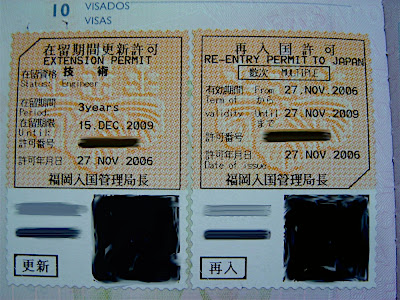Carillon Editor es un programa para componer música en Game Boy. Podéis encontrarlo en el paquete «download» de la página de su autor, Aleksi Eeben. Este vídeo es para que os hagáis una idea de cómo se usa. Por supuesto, hay mucho más que lo que podéis ver aquí, pero he querido hacer un vídeo sencillo.
Carillon Editorはゲームボーイ用作曲ソフト。作者のAleksi Eeben氏のサイトの「download」 というパッケージに入っています。このビデオを見てもらってどういう感じか分てもらったらうれしい。もちろん、見える操作以外にいっぱいあるけど、これだけを見せた方がわかりやすいかな。
Carillon Editor is tracker software for the Game Boy, You can find it in the «download» package at author Aleksi Eeben‘s website. This video is for you to have an idea about how this works. Of course there’s a lot of stuff that I’m not showing, but I was trying to make an easy-to-understand video.
(Ver vídeo / 動画を見る / watch video)
La melodía que escribo es del principio de «A la llum de les fogueres», una canción típica de las Hogueras de San Juan. Intenté hacer un screencast usando un emulador de Game Boy en el ordenador, pero después de varias horas lo he dado por imposible, así que lo he grabado a pelo. De esta manera podéis ver la GameBoy Advance SP brighter que me trajo el tiu Nullsleep de Nueva York (en Japón no la venden). La pantalla es la que mejor se ve, y por eso os he enseñado el programa con esta máquina. Pero funciona también en las Game Boy antiguas de blanco y negro.
入力するメロディーはサンフアン火祭りの「A la llum de les fogueres」の始まり。エミュレーターなどを使ってスクリーンキャストにしようと思ったけど、いろいろあってあきらめたのでこのまま録画にした。おかげでNullsleepがニューヨークで買ってきてくれたゲームボーイアドバンスSPの明るい海外版が見られた。画面が見やすいからこれで録画しているけど、このソフトは昔のモノクロゲームボーイでも使える。
The melody I’m entering is from the beginning of «A la llum de les fogueres», a Saint John Bonfires typical festival song. I tried to make a screencast of a Game Boy emulator but I gave up after some hours, so I just recorded the screen. This way you can see the GameBoy Advance SP brighter that Nullsleep bought for me in New York (we didn’t get them here in Japan). The screen is great so I’m recording this Game Boy, but note that the program will work on old school monochrome Game Boys.

